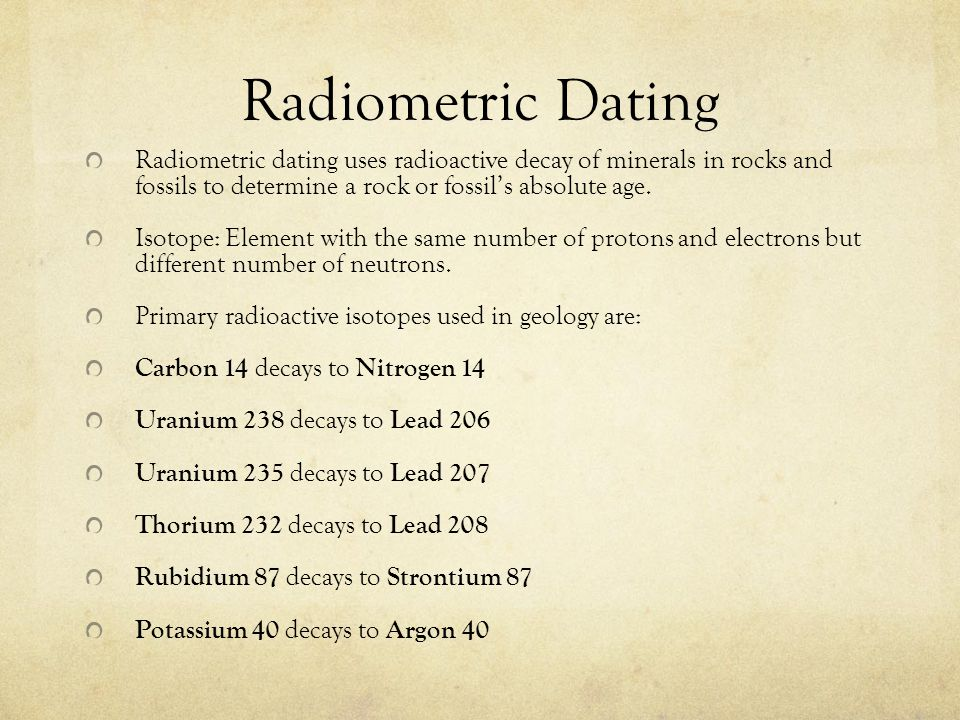Science & Technology
Carbon Dating
- 16 May 2023
- 8 min read
For Prelims: Carbon Dating, ASI, Gyanvapi Mosque, Shivlinga, Carbon-14, The Places of Worship Act of 1991.
For Mains: Carbon Dating and other methods to determine the age of Inmate things.
Why in News?
Recently, the Allahabad High Court allowed the Archeological Survey of India (ASI) to conduct Carbon Dating of a 'Shivling' inside the Gyanvapi Mosque in Varanasi, Uttar Pradesh.
- The petitioners have claimed the object inside the Gyanvapi mosque to be a "Shivling". The claim was disputed by the Muslim side, which said the object was part of a "fountain".
- It set aside an order of the Varanasi District Court that rejected a plea for scientific investigation, including carbon dating, of the structure.
What is Carbon Dating?
- About:
- Carbon dating is a widely used method to establish the age of organic materials, things that were once living.
- Living things have carbon in them in various forms.
- The dating method is based on the fact that Carbon-14 (C-14) is radioactive, and decays at a well-known rate.
- C-14 is an isotope of carbon with an atomic mass of 14.
- The most abundant isotope of carbon in the atmosphere is C-12.
- A very small amount of C-14 is also present.
- The ratio of C-12 to C-14 in the atmosphere is almost static and is known.
- Half Life:
- Plants get their carbon through photosynthesis; animals get it mainly through food. Because plants and animals get their carbon from the atmosphere, they too acquire C-12 and C-14 in roughly the same proportion as is available in the atmosphere.
- When they die, their interactions with the atmosphere stop. While C-12 is stable, the radioactive C-14 reduces to one half of itself in about 5,730 years — known as its ‘half-life’.
- The changing ratio of C-12 to C-14 in the remains of a plant or animal after it dies can be measured and can be used to deduce the approximate time when the organism died.
- Age Determination of Inanimate Things:
- Carbon dating cannot be applied in all circumstances. It cannot be used to determine the age of non-living things like rocks, for example.
- Also, the age of things that are more than 40,000-50,000 years old cannot be arrived at through carbon dating.
- This is because after 8-10 cycles of half-lives, the amount of C-14 becomes almost very small and is almost undetectable.
- For determining the age of inanimate things, instead of carbon, decays of other radioactive elements that might be present in the material become the basis for the dating method.
- These are known as Radiometric Dating Methods. Many of these involve elements with half-lives of billions of years, which enable scientists to reliably estimate the age of very old objects.
What are the Radiometric Methods for Age Determination of Nonliving Things?
- Potassium-Argon and Uranium-Thorium-Lead: Two commonly employed methods for dating rocks are Potassium-Argon dating and Uranium-Thorium-Lead dating.
- The radioactive isotope of potassium decays into argon, and their ratios can give a clue about the age of rocks.
- Uranium and thorium have several radioactive isotopes, and all of them decay into the stable lead atom. The ratios of these elements present in the material can be measured and used to make estimates about age.
- Exposure to Sunlight: There are also methods to determine how long an object has remained exposed to sunlight. These apply different techniques but are again based on radioactive decay and are particularly useful in studying buried objects or changes in topology.
- The most common of these is called cosmogenic nuclide dating, or CRN, and is regularly applied to study the age of ice cores in polar regions.
- Indirect Carbon Dating: In some situations, carbon dating can be used indirectly as well.
- A way in which the age of ice cores in glaciers and polar regions is determined by studying carbon dioxide molecules trapped inside large ice sheets.
- The trapped molecules have no interaction with the outside atmosphere and are found in the same state as when they were trapped. Determining their age gives a rough estimate of the time when the ice sheets were formed.
- A way in which the age of ice cores in glaciers and polar regions is determined by studying carbon dioxide molecules trapped inside large ice sheets.

What are the Limitations of Determining Age of Gyanvapi Shivling?
- There are specific limitations in the case that prevent disruptive methods or uprooting of the structure, as directed by the SC.
- Therefore, traditional methods like carbon dating, which involve analyzing trapped organic material beneath the structure, may not be feasible in this particular situation.
What is the Gyanvapi Dispute?
- The Gyanvapi dispute revolves around the Gyanvapi Mosque complex in Varanasi. Hindu petitioners claim that the mosque was built on the site of an ancient Hindu temple. They argue that the presence of a "Shivling" serves as evidence of the temple's existence. The Petitioners have sought the right to worship Maa Shringar Gauri on the outer wall of the mosque complex.
- The management committee of the mosque, however, maintains that the land is Waqf property and argues that The Places of Worship Act of 1991 prohibits any changes to the character of the mosque.
- Historically, the Gyanvapi Mosque was built in 1669 during the reign of Mughal emperor Aurangzeb. It was constructed after the demolition of the existing Vishweshwar temple. The plinth of the temple was left intact and served as the courtyard of the mosque, while one wall was preserved as the qibla wall facing Mecca. The present Kashi Vishwanath Temple, dedicated to Lord Shiva, was later built adjacent to the mosque by Rani Ahilyabai Holkar in the 18th century.
- Various claims have been made over the years, with some asserting that the mosque remains the original sacred place of Hindu worship.






